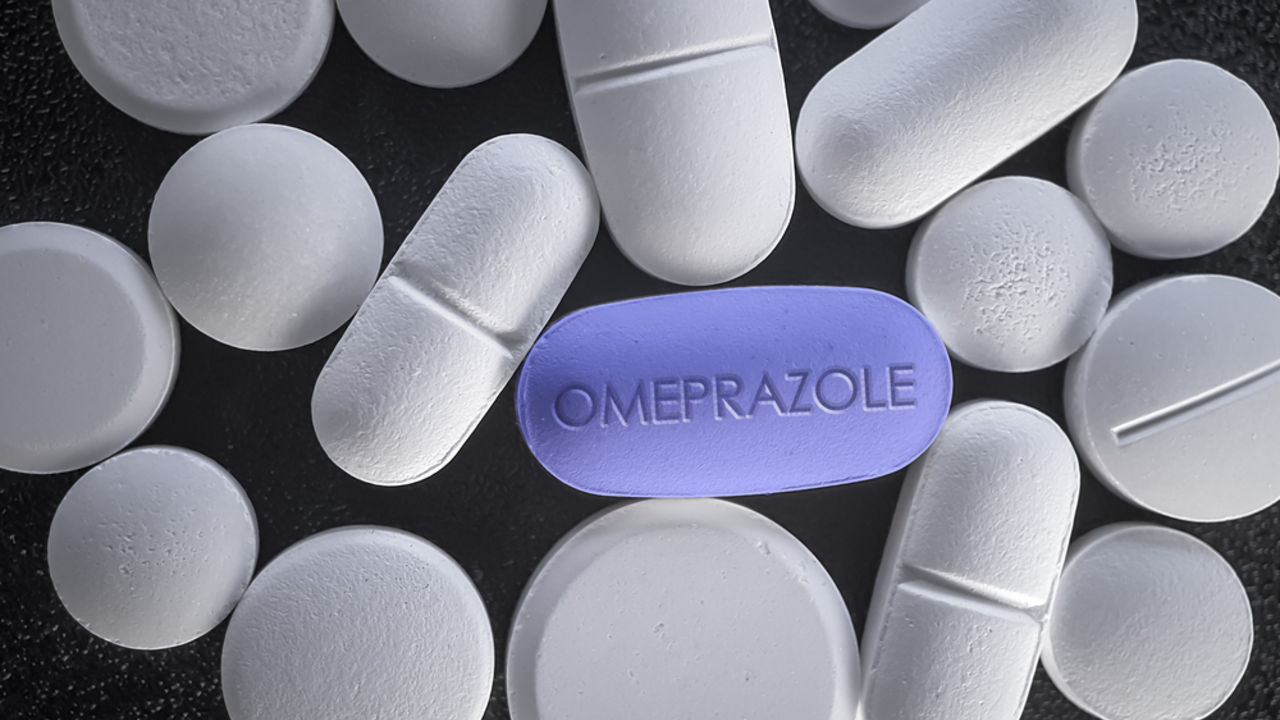Mixing Medication: How to Avoid Dangerous Interactions and Stay Safe
Mixing drugs can help or harm you. Some combinations are fine, others cause side effects, reduced benefit, or serious harm. You don’t need a pharmacy degree to be safe. Use clear steps to check interactions, adjust timing, and get help when needed.
Quick checks you can do right now
First, list every medicine you use: prescriptions, over-the-counter pills, vitamins, and herbal remedies. Keep that list in your phone. Use a reliable interaction checker—NHS, FDA, or a pharmacy app—and enter each item. If the checker flags a problem, don’t panic; note the specific issue and contact your pharmacist or doctor.
Watch for common dangerous pairs. Nitrates (for angina) plus PDE5 inhibitors (Viagra, Cialis) can drop blood pressure dangerously. Certain antibiotics and antifungals raise statin levels, increasing muscle risk. Mixing SSRIs with MAO inhibitors can trigger serotonin syndrome. Anticoagulants like warfarin react with many drugs and foods—always double-check those.
Practical habits that prevent trouble
Talk to your pharmacist every time you start a new drug. Pharmacists are the interaction experts and can suggest safer alternatives or monitoring. Ask about timing: some drugs should be spaced apart, like taking antacids an hour away from thyroid medication. Ask whether a dose change or blood test is needed.
Be cautious with supplements and herbal products. St. John’s wort speeds up some drug breakdown, making birth control and antidepressants less effective. High-dose vitamin K can reduce warfarin’s effect. Treat supplements as real drugs and include them in your list.
Know the signs of trouble. Dizziness, fainting, severe muscle pain, unexplained bleeding, confusion, fast heartbeat, and high fever with tremors need urgent care. If you suspect a dangerous interaction, stop non-essential medicines and seek medical help right away.
Use one pharmacy when possible. That way your pharmacist can see your full profile and spot problems sooner. If you switch pharmacies or buy online, share your full list with the new provider and confirm they require a valid prescription for controlled or prescription-only drugs.
When buying meds online, choose licensed sites with clear contact details and pharmacist access. Beware of sites that sell prescription drugs without asking for a prescription. Fake or low-quality meds increase risks when combined with other therapies.
Keep an updated emergency card. Include current meds, allergies, and your doctor’s phone number. Carry it in your wallet and share it with family. In an emergency, clear information can speed decisions and prevent harmful combinations.
Before travel or new treatment, review your meds with a professional. Bring extra prescriptions, store medicines in original bottles, and use a pill organizer to avoid mistakes. Remember seasonal remedies like decongestants can raise blood pressure or interact with antidepressants. Small habits like labeling doses and setting alarms cut errors and keep you safer day to day. Ask questions until you feel confident.
Simple checks, a good pharmacy relationship, and common-sense habits cut most risks. If you ever feel unsure, ask—your health team would rather advise than treat a preventable problem.

